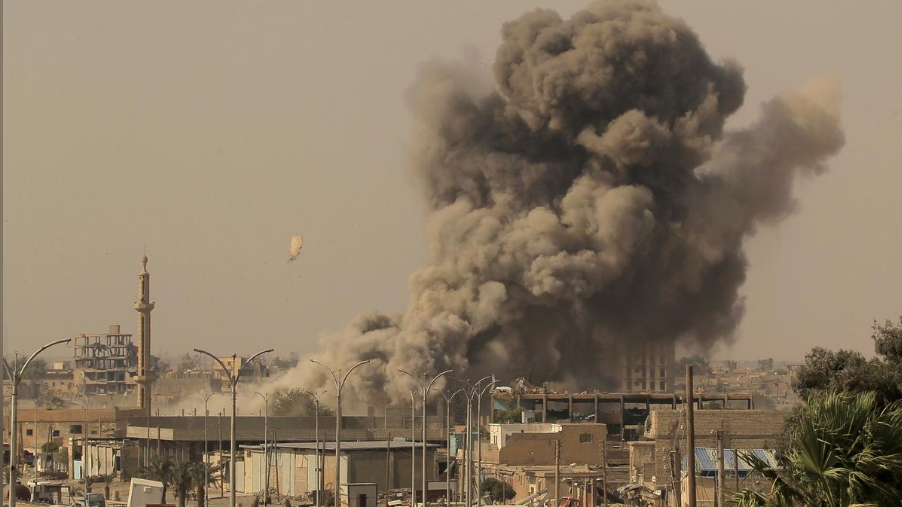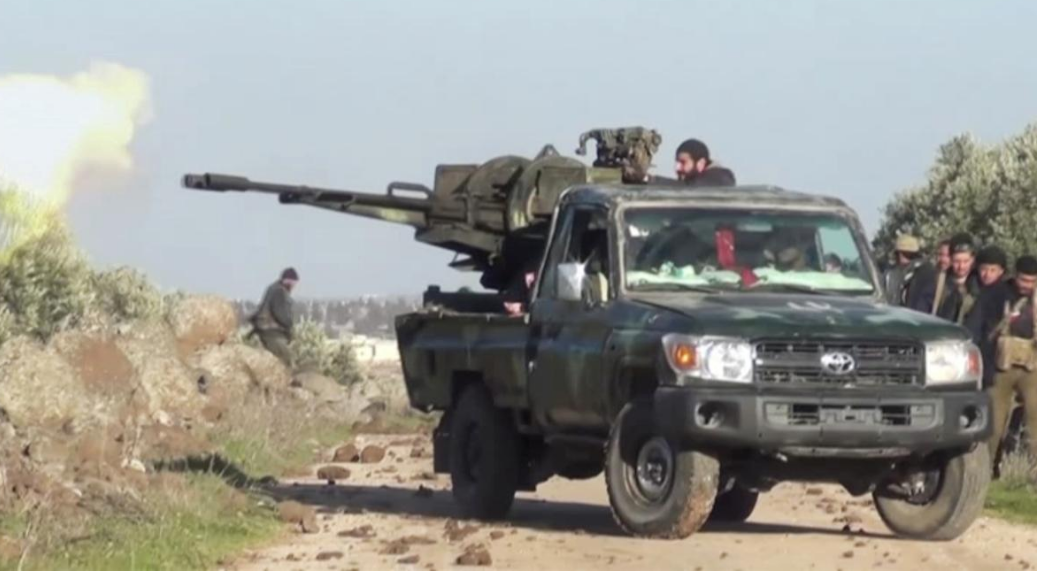March 15 marks the end of nine years since the Syrian conflict began. Nine full years. That means a Syrian child – nine-years-old or younger – has not known a life without war.
That means that many of those children – which UNICEF estimates to be around 4.8 million – have lost a family member, a friend, very likely their home. They have witnessed airstrikes and slept in fear, fled their hometowns. Basically, they have been experiencing continuous trauma with no end. It doesn't take a psychologist to say; those worst affected by war – are children.
As the war lingers… the impact continues. According to the Britain-based Syrian Observatory for Human Rights, over 380,000 people have been killed since 2011 when protests against Syrian President Bashar al-Assad began.
Despite the devastation, and the state of war torn Syria, as we enter the 10th year of the conflict, Assad remains determined to regain control of the whole country from opposition forces.
Last December, Syrian army forces launched a major offensive into the last rebel strong-hold - Idlib - which sparked a mass migration. Hundreds of thousands fled towards the Turkish border.

Many of them who had already been displaced before, found themselves once again escaping a new round of attacks. But camps were already at full capacity. The offensive triggered a humanitarian crisis. This is how the Under-Secretary For Humanitarian Affairs And Emergency Relief, Mark Lowcock described the situation:
"People are fleeing under horrendous conditions. Many are on foot or on the backs of trucks in below-freezing temperatures, in rain and in snow. They're moving into increasingly crowded areas they think will be safer. But in Idlib, nowhere is safe. Almost 50,000 are sheltering under trees or in other open spaces. I am getting daily reports of babies and other young children dying in the cold. Imagine the grief of a parent who escaped a warzone with their child, only to watch that child freeze to death".
Meanwhile Ankara began to express its concerns regarding the mass exodus. Turkey has established 12 observation posts in Idlib as part of an agreement with Russia and Iran.
Turkey's President Recep Tayyip Erdogan repeatedly called on Moscow to put pressure on the Syrian army to halt its offensive and pull back to territories beyond Turkey's observation posts. That did not happen.
Instead Turkey found itself in direct conflict with the Syrian government. Attacks by Syrian army forces killed 59 Turkish soldiers in a one-month period in February.
Turkey retaliated and declared it hit thousands of Syrian targets. This new conflict within a conflict heightened tension in the region to new levels – a new threat to an already shattered region.
That's when Russia once again stepped in and played a key role. Moscow has already been one of the main powers to have had a significant impact in the Syrian conflict.
In September of 2015, Russia put its' military support behind Assad and tipped the balance in favor of the Syrian government. Many analysts stress that it is Russia's entry to the conflict that changed its course.
And despite being on opposite sides of the conflict with Ankara, Moscow has cooperated with Turkey intensively over the course of the war. In March – following several failed talks between Russian and Turkish delegations to find a solution to the worsening crisis in Idlib – the presidents of the two countries met in Moscow and struck a deal on March 5.
The ceasefire agreement has brought calm to Idlib, for now. Though Erdogan claimed it was a victory and that Turkey held the right to retaliate against any attacks by Syrian forces – he did not get a promise that the Syrian army would withdraw from territories it had gained over the last few months.

A still image taken from a video obtained by Reuters and shot on March 2, 2020, shows Syrian army soldiers firing a weapon as they advance on the town of Kfar Nabl, Syria. /Reuters
A still image taken from a video obtained by Reuters and shot on March 2, 2020, shows Syrian army soldiers firing a weapon as they advance on the town of Kfar Nabl, Syria. /Reuters
Under the agreement, Turkey and Russia also decided to establish a security corridor and launched joint patrols on March 15 along the strategic M4 highway. It's not clear how long the ceasefire will last – as Assad's goal remains the same.
Yet political analyst Gareth Jenkins says, "What Assad thinks he's going to be able to get, he's not going to be able to get, he's not going to get a stable country which is entirely under his control." Jenkins says that when the time comes for negotiations, "expectation on both sides need to be managed very carefully and it's going to be very difficult resolution."
Meanwhile Turkey has been one of the countries most affected by the Syrian conflict. It currently hosts over 3.7 million Syrians. Following the Turkish soldiers' deaths in Idlib and the concern regarding a new wave of refugees that fled from the region, Erdogan also decided to take a drastic measure and announced Ankara could no longer prevent refugees from crossing into Europe, and opened Turkey's gates.
Thousands rushed towards the Greek border – where a standoff remains, as Greece has blocked entry with the support of the EU. The move was harshly criticized: on March 17 French President Emmanuel Macron and German Chancellor Angela Merkel will further discuss possible solutions to this deadlock with Erdogan during a video conference call.
Meantime efforts are being made for political dialogue. In January 2018 a decision was made to establish the Syrian Constitutional Committee. This committee was to be made of 50 members of the opposition, civil society and Syrian government delegates. So far, two rounds of the Syrian Constitutional Committee's discussions have been fruitless, however the UN-backed talks are expected to resume.